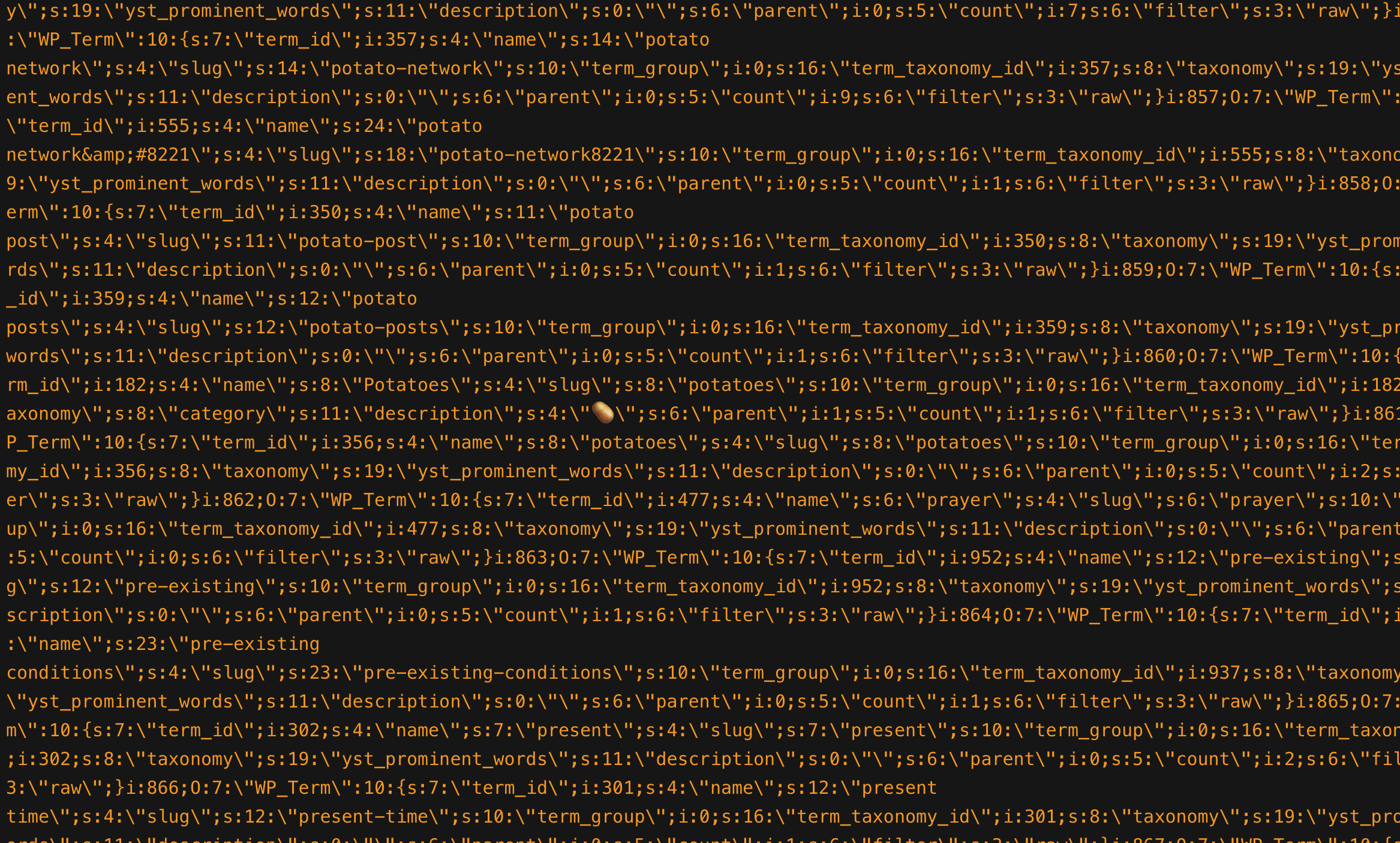
Updated June 24, 2020
To put it mildly, medical well patients are missing their appointments. Compared to 2019, the healthcare system is facing totally new challenges in 2020. The healthcare industry is now charged with strengthening the security of outcomes for hundreds of millions. Within the boundaries of the expansive United States, 90% of citizens are within 5 miles of a pharmacy, and more than half of prescriptions are delivered via United States Postal Service (USPS). Some of the distribution chain for healthcare hinges on agencies like the USPS, who are licensed to transport all types of materials including opioids and other drugs.
It is at times harder to be effective in your work, depending on the nature of the environment. Hard times face healthcare across the entire industry which is being changed and faced with surges in demands as a result of the 2019 coronavirus. As the states try to reopen in phases, and as the summer heat adds an element of reprise to the virus, there are still issues in dependence on supplies for Saving American Lives.
Quality in masks and q-tip swabs doesn’t have to be hit or miss. It sounds as if the protocol for receiving and preparing swabs (how to handle a big box of them, ensuring each swab stays sanitary through the testing procedure, for instance) still has some variability and room for error. I can just imagine thinking, if everyone is wearing masks, what is floating around the room in the seconds before the test, settling on the cotton swab as it sits on the tray?
Effective solutions for sanitizing rooms exist – many of which are basic, cheap, and have been used in the past to defeat other viruses. One of the more readily adoptable solutions inevitably will be “fogging”. The effects of a salt-based “fogging” process can be shown in a laboratory or in a setting such as an airplane. In hospitals, this and other mitigations are put in place (in layers of protection) to eliminate most contamination worries but even these systems are faced with limits and depend on manual cleaning and maintenance to properly perform. Hospital settings are now going through a big transition as pandemic preparedness becomes paramount.
There are still risks present on the margins of any system. When the Federal Government is faced with shipping either single-packs or 180-packs of q-tips, there is a cost-benefit analysis to be discussed. And testing regimens depend (mostly) on the availability of workers and testing supplies. While a 1-test kit may include enough stabilizing solutions and other testing reagents to test one patient, another use case is to test that same patient over time using a larger supply of the same testing supplies. In some cases the testing supplies have a shelf-life and there are often times different supplies being used and phasing in and out over time. Testing procedures are taking on a high variety of different forms, and there is an evolving nature to the technology over time, as the approach to “test as much as possible” will make more sense in some particular moments over others.
The needs for healthcare supplies (particularly the under-supply) became better understood very rapidly in the early days of the pandemic in King County, WA. In the Fall and Winter of 2020 there will be a 90-day SNS 2.0 supply on hand in all 50 States and “all hands on deck” will mean an uptick in routine healthcare (including other immunizations and screenings) and covid-19 related healthcare. Some of the foreseen strain ahead for the healthcare system will be dependent on politics (but not all). If Trump wins a second term, there will be new steps taken to strengthen healthcare in America.
Public health infrastructure is at its infancy in 2020 and State, Local and Federal will be investing more in them going forward down to the smallest burden. If getting a q-tip to a patient is going to be a routine process, then let’s make sure we aren’t second best to an italian made q-tip anymore. If long cotton swabs aren’t the most effective way to test anymore (and there was a time) then let’s change the process to not involve one at all. What if public health infrastructure meant masks which detected the virus as you breathed/coughed/sneezed into the mask? The mask is one thing that we CAN get right in 2020, even if OPERATION WARP SPEED goes less than stellar.
Operation Warp Speed is currently funding large-scale production of unproven vaccines to protect against the Novel Coronavirus. The financial risk that is being taken ahead of proof-of-concept amounts to Trillions in US Spending and could precipitate worldwide availability of US-based vaccines.
Other countries have marketed their vaccine trial success stories, or accounts of their per-capita testing. Some countries are being assisted by the United States and some are in ally with other nations, such as China.
As “vaccines” become available on the market, a new chapter to the global story will be how countries rebuilt. Thinking about the future each country faces involves studying what makes the country itself. As for America, we believe in the Greatness of Americans and that’s about all it takes to be optimistic going into Q3 2020.



